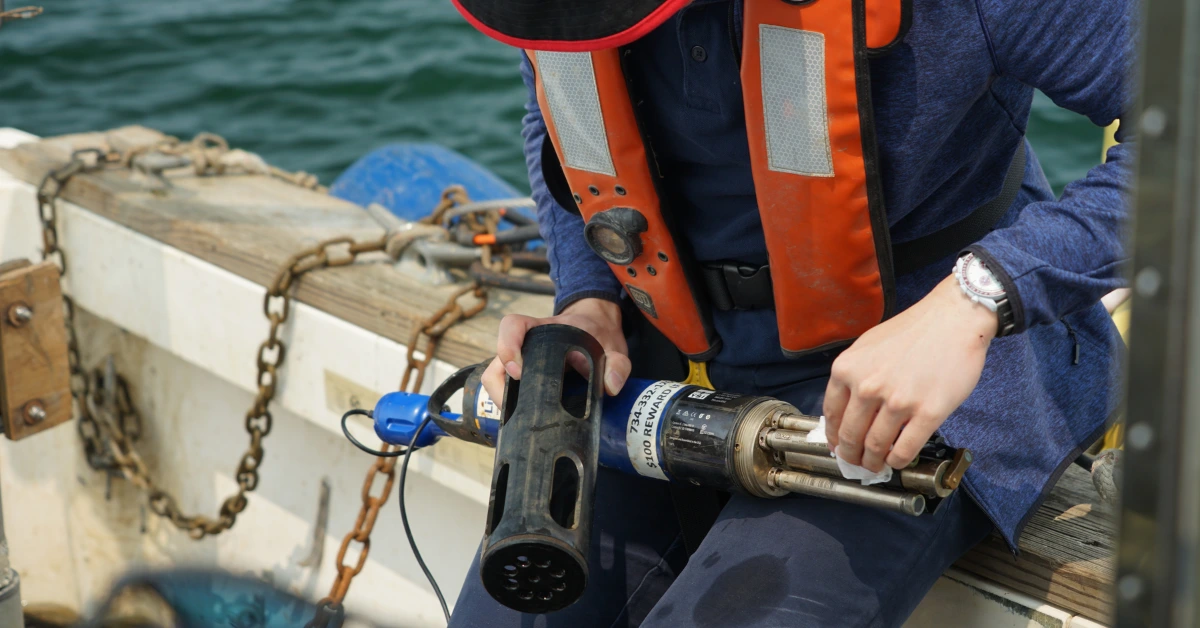The data collected by smart buoys during August's multi-tornado weather event demonstrates CWA's ability to gain real-time insights into ever-changing environmental dynamics.
Listen to this article
On the evening of August 6, 2024, Northeast Ohio experienced a severe weather event, with a series of four EF-1 tornadoes wreaking havoc across the region, each reaching wind speeds of over 100MPH. This storm, driven by powerful winds and waves, caused significant damage, including widespread power outages for over 400,000 residents.
Tornadoes were reported touching down in Rocky River/Avon, Bay Village, Brook Park/Bedford, Kirtland/Chesterland, and Richfield/Boston, with an additional "macroburst." The National Weather Service reported, "The macroburst primarily caused extensive damage to trees, wires, and power lines with damage to a few houses due to downed trees. Basedon this observed damage, winds were estimated to be 70-90 mph across the area with very small pockets of up to 100 mph."
The storm’s impact on Lake Erie was captured in real-time by our Smart Lake Erie Watershed buoy network, providing valuable data that underscores the importance of real-time environmental monitoring.

As part of our ongoing Data Deep Dive series, we’re excited to share insights from Cleveland Water Alliance’s Smart Lake Erie Watershed Initiative, where cutting-edge technology meets environmental stewardship. Our network of over 200 sensors and 20 smart buoys, spanning 6,500 square miles of the Lake Erie watershed, is at the forefront of monitoring and analyzing water quality and environmental dynamics.
Dr. Jeff Pu, our dedicated data analyst, closely monitored the storm using our buoy data. The CLE Water Crib buoy recorded maximum wind speeds of 40 mph and wave heights reaching up to 10 feet. Dr. Pu noted a particularly dramatic fluctuation in wind speed around 8:00 PM on August 6th, where wind speeds dropped from 16 mph to 3 mph before rapidly increasing to 40 mph—all within a span of just 25 minutes. These insights highlight the dynamic nature of Lake Erie’s response to extreme weather and the critical role of real-time data in understanding these changes.


This event is just one example of how the Smart Lake Erie Watershed Initiative provides invaluable insights into the lake’s behavior. The data collected during this unique weather event demonstrates our ability to gain real-time insights into ever-changing environmental dynamics. For more information on the Smart Lake Erie Watershed and to explore how you can contribute to and benefit from this technology-driven environmental stewardship, visit our website.
Stay tuned for more deep dives into the data that shapes our understanding of Lake Erie and its vibrant ecosystem.




.svg)







